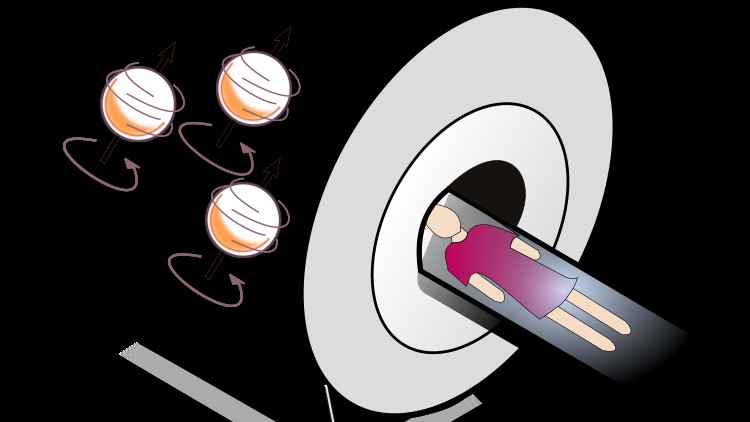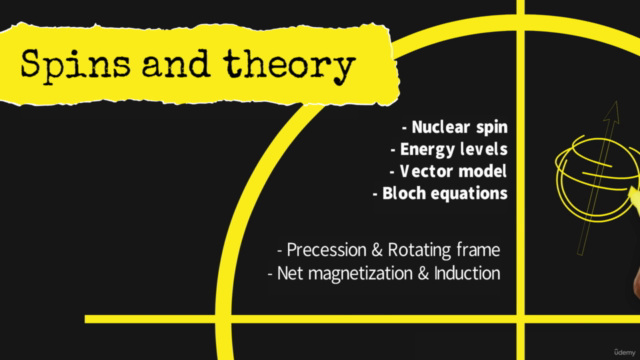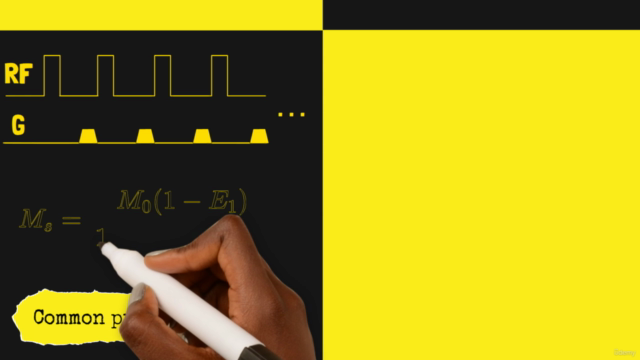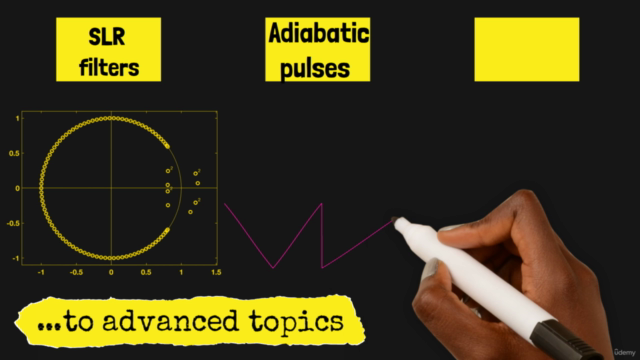Magnetic Resonance (Medical Imaging) - The Essentials: Part1

Why take this course?
🚀 Course Title: Magnetic Resonance (Medical Imaging) - The Essentials: Part 1 🎓
Headline: Get a Deep Understanding of MRI with Python Exercises!
Dive deep into the world of medical imaging with our comprehensive online course, "Magnetic Resonance (Medical Imaging) - The Essentials: Part 1." This course is meticulously designed to introduce you to the fascinating field of MRI, offering a blend of theoretical knowledge and practical application. With no prerequisites in math, engineering, or science required, this course starts from scratch and progressively builds up your understanding for real-world application and further independent study.
What You'll Learn:
🧬 Introduction to Magnetic Resonance: We kick off with a comprehensive overview of MRI, from its physical principles to signal detection, setting the foundation for your journey into this fascinating modality.
🌐 Signal & Contrast Types: Uncover the secrets behind the most important contrast types in MRI and their underlying principles of MR signal generation.
🛠️ Relaxation Parameters and Simple Sequences: Master the art of measuring relaxation time constants, understand pulse acquire and spin echo pulse sequences, and learn about contrast weightings to enhance your imaging capabilities.
📡 Detection and Spectra: Explore the physics of signal detection using RF coils and delve into the Fourier-transform processing of MR signals, analyzing their complex spectra.
🎯 Steady-State Sequences: Get to grips with the fastest and most efficient MRI sequences, steady-state sequences, including their properties, advantages, and disadvantages.
⚛️ RF Pulse Basics: Gain an introductory understanding of RF pulses and explore the low flip-angle approximation-based Fourier pulse design.
🔬 SLR Design for RF Pulses: Discover the SLR design method for creating more complex RF pulses and learn about different SLR filter types.
💧 Adiabatic Pulses: Understand the principle of adiabatic rotation and the most commonly used adiabatic pulse types in MRI.
📱 RF Pulses with Gradient: Learn about slice selection and advanced excitation techniques using spectral-spatial pulses.
🔧 RF Coils and the Transmit-Receive Chain: Conclude the course with an overview of the RF waves' path from pulse generation to signal processing, including insights into RF coil principles and hands-on tips for building a surface coil.
Interactive Learning Experience:
🎥 Quizzes: Reinforce your knowledge with quizzes at the end of each lesson. Ace them to ensure you've understood the material, or revise and try again if needed.
💻 Coding Exercises: Put your understanding into practice with Python exercises! These hands-on tasks will help solidify the concepts you learn and give you practical experience in Python, an essential skill for modern data analysis.
How to Get Started:
-
Set Up Your Environment: Whether you're a coding newbie or seasoned pro, you can run our Python exercises in VisualStudio Code or Jupyter Notebook. If you're starting from scratch, simply open the provided code files with a text editor and use an online python editor like Replit to execute them.
-
Follow Along: Carefully read through the comments in each exercise file. They provide vital instructions and additional information to help you navigate the coding tasks.
With engaging video content, practical exercises, and a supportive community, this course is your gateway to mastering MRI technology and opening up a world of opportunities in medical imaging. Enroll now and embark on your journey towards becoming an expert in Magnetic Resonance! 🌟
Course Gallery




Loading charts...